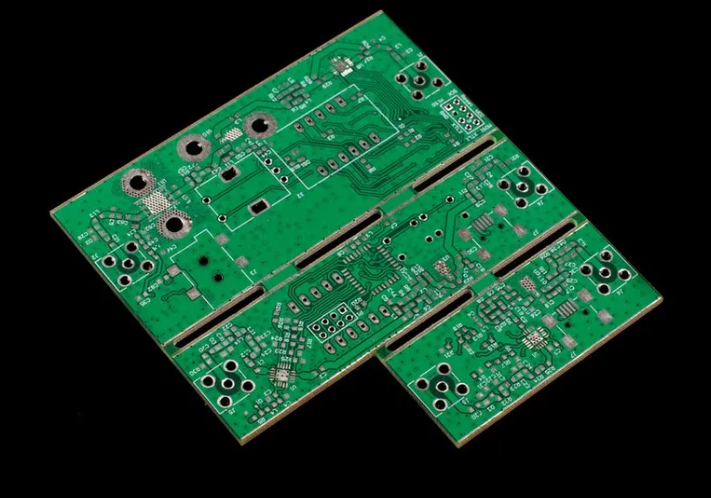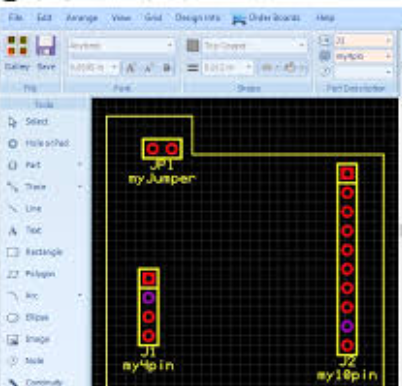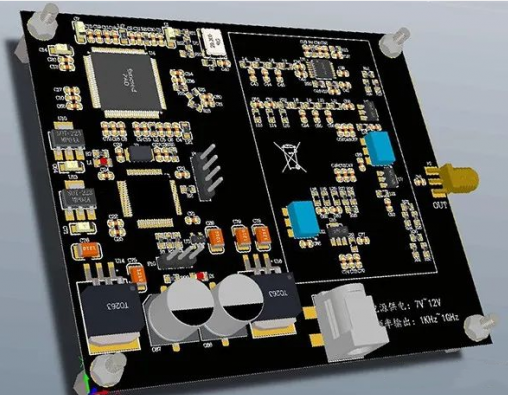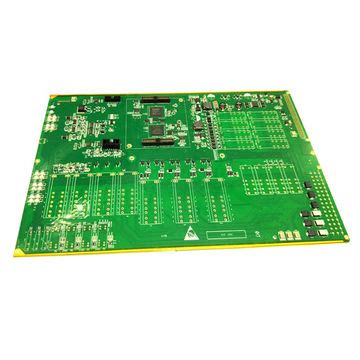How to Design PCB Circuits to Minimize Dry Firing Risks
Introduction
Printed Circuit Board (PCB) design plays a critical role in the reliability and safety of electronic devices. One of the significant challenges in electronic design is preventing “dry firing” – the phenomenon where circuits operate without proper load conditions, potentially leading to component damage, safety hazards, and reduced product lifespan. This article explores comprehensive strategies for PCB design that can effectively minimize dry firing risks, ensuring more robust and reliable electronic products.
Understanding Dry Firing
Dry firing occurs when an electronic circuit operates without its intended load or with an improper load condition. This situation commonly affects:
- Power supply circuits
- Motor drivers
- RF amplifiers
- Switching regulators
- Heating elements
The consequences of dry firing include:
- Overheating of components
- Voltage spikes and transients
- Premature component failure
- Potential safety hazards (fire or electric shock)
- Reduced energy efficiency
PCB Layout Strategies to Prevent Dry Firing
1. Proper Component Placement
Strategic component placement forms the foundation of dry fire prevention:
- Power components positioning: Place high-power components (MOSFETs, regulators, transformers) to allow optimal heat dissipation and minimize thermal coupling with sensitive components.
- Load sensing elements: Position current sense resistors and voltage monitoring points close to the load connection points to ensure accurate measurement.
- Separation of analog and digital sections: Keep sensitive analog circuitry away from high-power digital sections to prevent interference with detection circuits.
2. Thermal Management Design
Effective heat dissipation prevents thermal runaway during dry conditions:
- Thermal relief patterns: Use appropriate thermal relief connections for pads connected to large copper areas to manage soldering heat while maintaining good thermal conductivity.
- Heat sink integration: Design PCB areas for proper heat sink mounting near power components with adequate clearance.
- Thermal vias: Implement thermal via arrays under hot components to transfer heat to opposite layers or internal planes.
- Temperature sensors: Place NTC thermistors or other temperature sensors near critical components for real-time monitoring.
3. Trace Routing Considerations
Proper trace design ensures current handling capacity and minimizes unwanted effects:
- Adequate trace width: Calculate and implement appropriate trace widths for expected current loads using IPC-2221 standards.
- Current sense routing: Route current sense traces as differential pairs close together to minimize loop area and noise pickup.
- High-current paths: Keep high-current paths as short and direct as possible to reduce resistance and inductance.
- Ground return paths: Design low-impedance ground return paths for power circuits to prevent ground bounce issues.
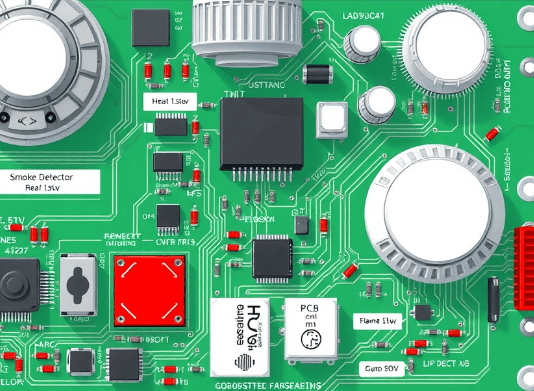
Circuit Protection Techniques
1. Current Limiting and Monitoring
- Precision current sensing: Implement low-value shunt resistors (milliohm range) with high-precision amplifiers for accurate current measurement.
- Programmable current limits: Use digital potentiometers or DAC-controlled current limit circuits for adjustable protection thresholds.
- Fast-response protection: Design protection circuits with response times appropriate for your application (microseconds for switching regulators, milliseconds for motor controls).
2. Voltage Monitoring Circuits
- Load voltage sensing: Include voltage dividers or differential amplifiers to monitor load voltage directly.
- Undervoltage lockout (UVLO): Implement UVLO circuits to prevent operation under insufficient supply voltage conditions.
- Overvoltage protection: Use Zener diodes, TVS diodes, or dedicated overvoltage protection ICs to clamp excessive voltages.
3. Load Detection Methods
- Initial load detection: Implement startup routines that verify proper load connection before enabling full power.
- Continuous load monitoring: Design circuits that constantly monitor load presence during operation.
- Load impedance checking: For some applications, implement impedance measurement circuits to verify proper load characteristics.
Component Selection for Dry Fire Prevention
1. Power Components
- MOSFETs with SOA protection: Select power MOSFETs with good Safe Operating Area (SOA) characteristics and built-in protection features.
- Smart power switches: Consider intelligent power switches with built-in current limiting and thermal protection.
- Resilient passives: Choose resistors and capacitors with appropriate power ratings and derating factors.
2. Protection Components
- Resettable fuses (PPTC): Implement polymer positive temperature coefficient devices for overcurrent protection.
- TVS diodes: Use transient voltage suppression diodes for voltage spike protection.
- Varistors: Include metal oxide varistors (MOVs) for AC line protection where applicable.
3. Monitoring Components
- High-side current sensors: Select appropriate current sense amplifiers for your voltage and current ranges.
- Precision references: Use voltage references with adequate stability for protection threshold circuits.
- Reliable ADCs: Choose analog-to-digital converters with sufficient resolution for accurate monitoring.
Software and Firmware Strategies
1. Protection Algorithms
- Gradual power ramp-up: Implement soft-start routines to gradually apply power while monitoring load conditions.
- Dynamic current limiting: Create adaptive current limits based on temperature and operating conditions.
- Predictive protection: Develop algorithms that can predict potential dry fire conditions before they occur.
2. Monitoring Routines
- Regular load checks: Schedule periodic load verification during operation.
- Trend analysis: Monitor for gradual changes in load characteristics that might indicate developing problems.
- Fault logging: Record protection events for diagnostic purposes and potential preventive maintenance.
3. User Interface Considerations
- Clear warning systems: Design intuitive indicators for load faults and protection triggers.
- Diagnostic feedback: Provide users or technicians with meaningful information about protection events.
- Reset procedures: Implement safe reset protocols after protection activation.
Testing and Validation
1. Dry Fire Simulation Testing
- Open-load testing: Verify circuit behavior under complete load disconnection.
- Partial load testing: Test with various levels of reduced load.
- Intermittent load testing: Simulate unstable load connections.
2. Environmental Testing
- Temperature extremes: Verify protection circuit operation across the specified temperature range.
- Vibration testing: Ensure mechanical stress doesn’t compromise protection features.
- Humidity testing: Confirm reliable operation in high-humidity conditions.
3. Long-term Reliability Testing
- Accelerated life testing: Stress the circuit under protection conditions to verify long-term reliability.
- Cycle testing: Repeatedly trigger and reset protection circuits to verify durability.
- Component degradation monitoring: Track parameter shifts in critical components over extended operation.

Advanced Techniques
1. Machine Learning Approaches
- Anomaly detection: Implement ML algorithms to identify abnormal operating patterns.
- Predictive protection: Train models to anticipate dry fire conditions before they occur.
- Adaptive thresholds: Allow the system to learn and adjust protection parameters based on historical data.
2. Redundant Protection Systems
- Diverse sensing methods: Implement multiple, independent sensing techniques for critical parameters.
- Voting systems: Use consensus-based protection triggering from multiple sensors.
- Fail-safe modes: Design circuits to default to safe states when uncertainties exist.
3. IoT-enabled Protection
- Remote monitoring: Enable off-board monitoring of protection events.
- Cloud-based analytics: Collect operational data for centralized analysis and pattern recognition.
- Firmware updates: Allow for protection algorithm improvements over the product lifecycle.
Conclusion
Effective PCB design for dry fire prevention requires a holistic approach combining careful layout practices, appropriate circuit protection techniques, thoughtful component selection, and intelligent software strategies. By implementing these measures, designers can significantly improve product reliability, safety, and longevity while reducing warranty claims and field failures.
The specific implementation will vary based on application requirements, but the fundamental principles of robust power design, comprehensive monitoring, and fail-safe protection remain constant across all electronic products. As power densities continue to increase and electronic devices become more pervasive, these dry fire prevention techniques will grow increasingly important in PCB design practices.
Future developments in wide-bandgap semiconductors, advanced thermal materials, and AI-driven protection algorithms will provide even more tools for designers to prevent dry firing while maintaining optimal performance. By staying current with these advancements and applying sound design principles, electronics engineers can continue to push performance boundaries while ensuring safe and reliable operation under all conditions.

